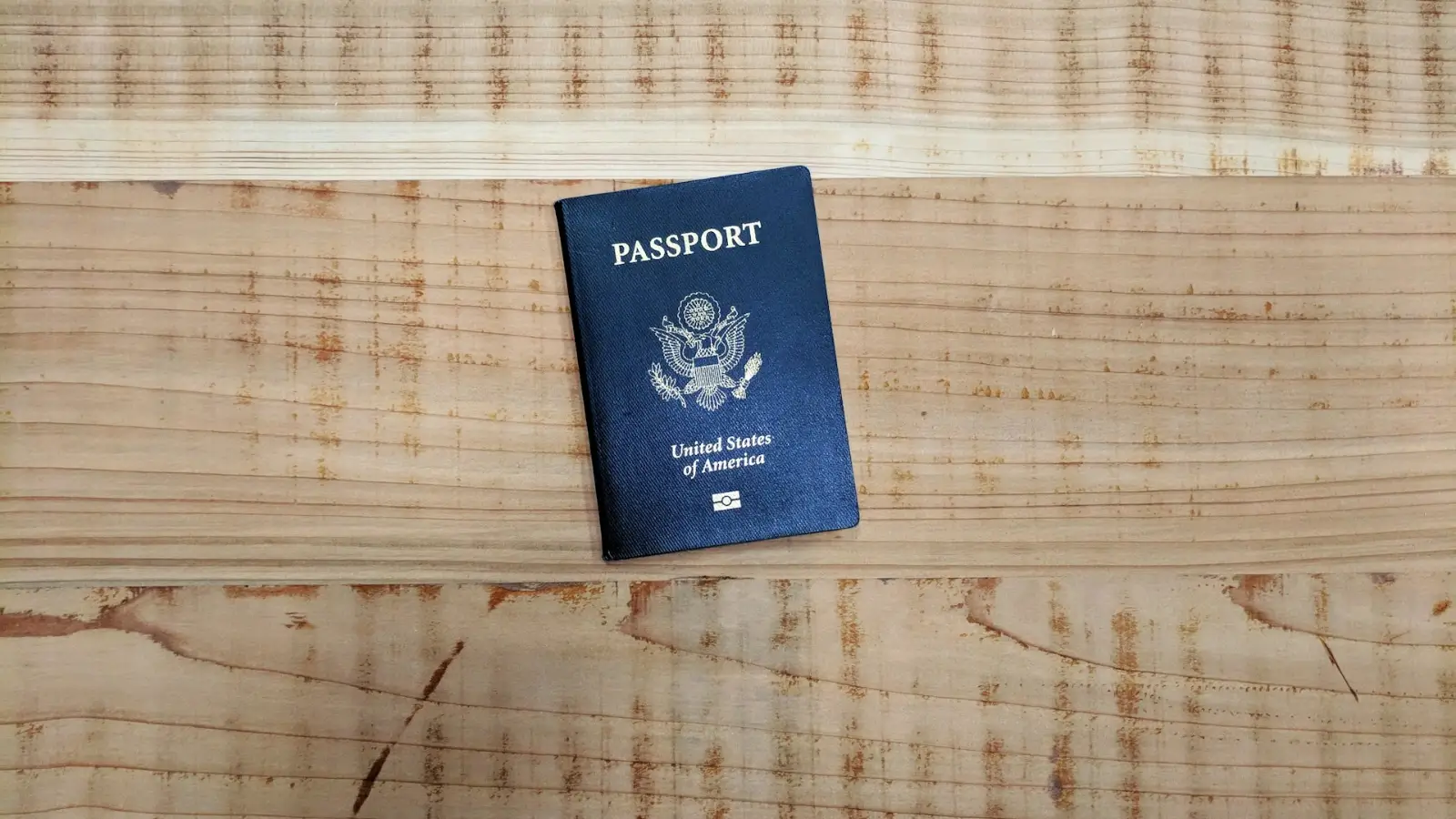


Becoming a U.S. citizen is a milestone for many immigrants who have lived in the country for years, contributed to their communities, and made America their home. If you currently hold a green card, you may be thinking about what it takes to reach the next level of permanent belonging. The process has several stages, along with a few unexpected hurdles, so understanding the full picture is essential. For a detailed breakdown of your eligibility and next steps, visit myimmigration.com.
Whether you are just starting to explore your options or already gathering paperwork, being prepared can save time and reduce stress. U.S. Citizenship and Immigration Services (USCIS) expects applicants to meet specific standards, and missing even a small detail can delay your case. It’s more than just paperwork—it’s about showing you’re ready to fully participate in civic life.
Before submitting your application, you must confirm that you qualify under the law. Not every green card holder is immediately eligible, and certain time-based and behavioral criteria must be met first. The most common path to citizenship is through naturalization after maintaining permanent resident status for the required period.
You may apply if you:
Have been a lawful permanent resident for at least 5 years (or 3 years if married to a U.S. citizen)
Have lived in the U.S. continuously for the required time
Have been physically present in the U.S. for at least half of that time
Can demonstrate good moral character
Are able to read, write, and speak basic English
Understand U.S. history and government
Are willing to take the Oath of Allegiance
Not all cases are the same, so it’s important to review any exceptions that might apply to your situation, especially regarding time abroad or medical issues that affect testing.
Once you confirm your eligibility, you’ll begin the official process with USCIS. Each stage builds on the last, and careful preparation can keep things moving efficiently.
First, you will need to complete Form N-400, the Application for Naturalization. This form asks about your background, residence history, family, employment, and any travel outside the U.S. Supporting documents such as your green card, tax records, and travel dates must be included.
After filing, USCIS will send you a biometrics appointment notice. At this visit, they will collect your fingerprints and take a photo to check against security databases. This is routine, but must be completed as scheduled.
Next comes your naturalization interview, a crucial moment where an officer will review your application, verify your information, and assess your readiness for citizenship. This includes testing your English and your knowledge of U.S. civics. If all goes well, USCIS may approve your application the same day or shortly after.
Finally, you will attend a naturalization ceremony. This is where you take the Oath of Allegiance and officially become a U.S. citizen. You’ll receive a naturalization certificate and can then apply for a U.S. passport, update your Social Security status, and register to vote.
Even prepared applicants encounter situations they didn’t expect. Knowing these ahead of time can help you stay calm and ready.
Travel complications: Too much time spent outside the U.S., even for work or family, can disrupt your required physical presence.
Missed tax filings: Failing to file income taxes or pay what you owe can impact your application and raise questions about moral character.
Old legal issues: Past arrests, even for minor infractions, must be disclosed and can trigger extra scrutiny.
Name changes: If your legal name differs from what’s on your green card or other documents, it may require extra steps and verification.
Delays after the interview: Approval isn’t always immediate. Some applicants must wait weeks or months to get a decision or schedule their oath ceremony.
USCIS evaluates each case individually, so even if your situation feels straightforward, surprises can still come your way.
Start by gathering your records early, especially proof of time in the U.S., tax returns, and any legal documents that may require explanation. Double-check every section of Form N-400 before submission, and be truthful about your full history. Attend all appointments on time and respond quickly to any requests from USCIS. If you’re unsure about anything, seeking qualified legal guidance can make a major difference.
If you’re planning to move from permanent resident to full citizen, understanding the full process is key. With the right preparation and attention to detail, you can move through each stage confidently. Don’t wait—begin your citizenship journey today and take your place in the civic life of the United States.